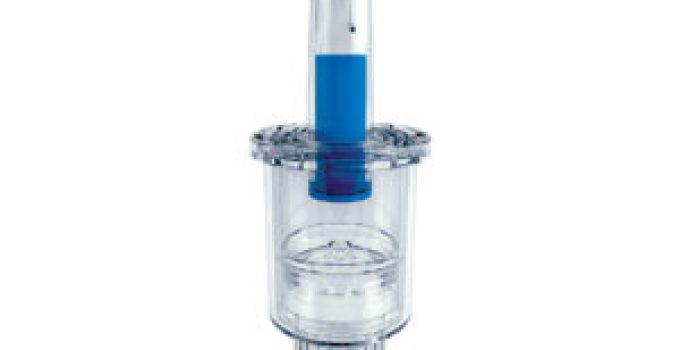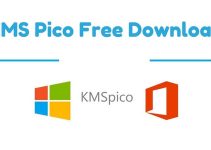Introduction to Nose-to-Brain Drug Delivery
Have you ever wondered how a nasal spray can potentially be more than just a remedy for a stuffy nose? Welcome to the fascinating world of nose-to-brain drug delivery. This innovative approach is changing the landscape of medication Nose-to-brain Delivery administration by offering a direct route to the brain. Intrigued? Let’s dive into the details.
What is Nose-to-Brain Drug Delivery?
Nose-to-brain drug delivery is a method where medication is administered through the nasal cavity to target the brain directly. Unlike traditional methods that involve passing through the bloodstream, this technique leverages the unique anatomical features of the nasal cavity to deliver drugs straight to the central nervous system. Think of it as taking a shortcut straight to your brain, bypassing the usual traffic of the bloodstream.
Importance of Nasal Drug Delivery
The significance of nasal drug delivery lies in its ability to offer a rapid and effective treatment option. By providing a direct pathway to the brain, this method can enhance drug efficacy and reduce the risk of side effects associated with oral or intravenous administration.
Benefits of Nasal Drug Delivery
So, why is nasal drug delivery creating such a buzz? Here are some compelling reasons:
Quick Onset of Action
Nasal sprays can lead to faster drug absorption compared to oral medications. This is because the nasal mucosa is highly vascularized, allowing drugs to enter the bloodstream quickly and reach the brain with minimal delay.
Non-Invasive Administration
Unlike injections or infusions, nasal drug delivery is non-invasive and user-friendly. This means no needles or complex procedures—just a simple spray, making it easier for patients to adhere to their treatment regimen.
Reduced Systemic Side Effects
Nasal delivery often results in fewer systemic side effects. Since the drug is delivered directly to the brain, there’s less exposure to the rest of the body, which can help in minimizing unwanted effects.
Nasal Drug Repositioning
Nasal drug repositioning is another exciting development in this field. It involves adapting existing nasal drugs for new therapeutic uses. This approach Nasal Drug Repositioning not only saves time and resources but also opens up new possibilities for treatment.
What is Nasal Drug Repositioning?
Nasal drug repositioning is the process of taking drugs that were initially developed for other uses and finding new applications for them through nasal delivery. This can involve repurposing drugs for conditions like neurological disorders or cognitive impairments.
Success Stories in Nasal Drug Repositioning
One notable success story in nasal drug repositioning is the development of treatments for Alzheimer’s disease. Researchers have adapted existing nasal sprays to deliver medications that target the brain’s specific areas affected by the disease, showing promising results in clinical trials.
Top Companies in Nose-to-Brain Drug Delivery
Several companies are at the forefront of this innovative field. Let’s explore some of the leaders making waves in nose-to-brain drug delivery.
Aptar
Aptar is a pioneer in the nasal drug delivery space. Known for its cutting-edge technologies and innovative delivery systems, Aptar has been instrumental in advancing nasal spray formulations.
Innovations and Technologies
Aptar’s innovations include the development of smart nasal spray systems that enhance drug delivery precision and patient compliance. Their proprietary technologies ensure that medications are delivered effectively and efficiently.
Bespak
Bespak is another key player in this domain. The company’s expertise in drug delivery devices is well-regarded, and they continue to push the envelope with their nasal delivery systems.
Product Portfolio and Advancements
Bespak’s product portfolio includes a range of nasal spray devices designed to improve drug absorption and patient comfort. Their advancements in device technology aim to make nasal drug delivery more accessible and effective.
Millendo Therapeutics
Millendo Therapeutics focuses on developing treatments for endocrine diseases using nasal drug delivery systems. Their research is paving the way for new therapies with targeted brain delivery.
Focus Areas and Research
Millendo is exploring how nasal delivery can be used to treat conditions like hormone imbalances and neurological disorders. Their research is expanding the potential applications of nasal drug delivery in the medical field.
Neurocrine Biosciences
Neurocrine Biosciences is known for its work in neurological disorders, and their nasal drug delivery systems are making significant strides in this area.
Key Products and Development
Their key products include nasal sprays designed to deliver treatments for conditions such as Parkinson’s disease. The company’s development efforts are focused on improving the effectiveness and convenience of their therapies.
Future Trends in Nose-to-Brain Drug Delivery
The future of nose-to-brain drug delivery looks promising, with several trends on the horizon.
Technological Advancements
Advancements in technology are expected to further enhance the effectiveness of nasal drug delivery systems. Innovations in formulation, device design, and delivery mechanisms will continue to improve patient outcomes.
Regulatory Challenges
Despite the potential, there are regulatory challenges that need to be addressed. Ensuring the safety and efficacy of nasal drug delivery systems is crucial for gaining regulatory approval and widespread acceptance.
Conclusion
Nose-to-brain drug delivery is transforming how we approach medication administration, offering faster, more targeted, and less invasive treatment options. With leading companies like Aptar, Bespak, Millendo Therapeutics, and Neurocrine Biosciences driving innovation, the future of this field looks bright. As technology advances and more success stories emerge, we can expect even greater breakthroughs in the way we deliver medications to the brain.



